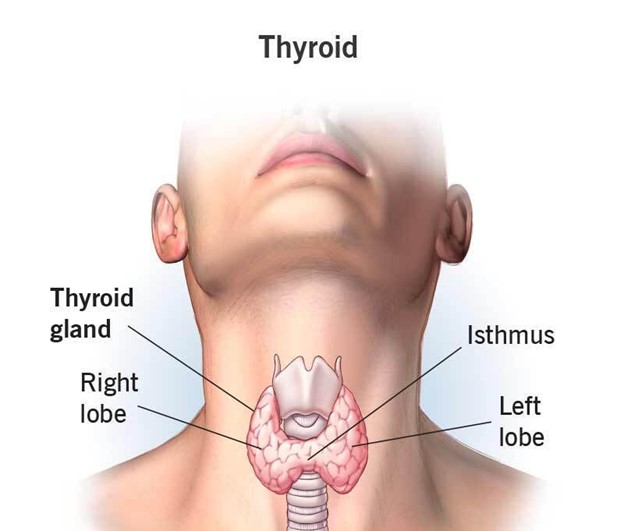The nurse is preparing an adolescent for discharge after a cardiac catheterization. Which statement by the adolescent would indicate the need for further teaching?
"I should avoid tub baths but may shower."
"I have to stay on strict bed rest for 3 days."
"I may attend school but should avoid exercise for several days."
"I should remove the pressure dressing the day after the procedure.".
The Correct Answer is B
The correct answer is choice B: "I have to stay on strict bed rest for 3 days."
Choice A rationale:
The statement "I should avoid tub baths but may shower" is correct. After a cardiac catheterization, the patient needs to keep the insertion site clean and dry to prevent infection. Showering is allowed, but tub baths should be avoided to minimize the risk of introducing water into the insertion site.
Choice B rationale:
The statement "I have to stay on strict bed rest for 3 days" is incorrect. Bed rest is not typically required after a cardiac catheterization. While the patient might need to lie flat for a few hours after the procedure to prevent bleeding and ensure hemostasis, strict bed rest for three days is unnecessary and could lead to complications like deep vein thrombosis (DVT) or deconditioning.
Choice C rationale:
The statement "I may attend school but should avoid exercise for several days" is correct. Attending school is generally acceptable after a cardiac catheterization, but exercise should be limited for several days to allow the insertion site to heal and to prevent complications like bleeding or hematoma formation.
Choice D rationale:
The statement "I should remove the pressure dressing the day after the procedure" is correct. Pressure dressings are typically removed by healthcare professionals after a specified period, which is usually around 24 hours after the procedure. Removing the dressing on their own the day after the procedure could lead to disruption of the wound and increase the risk of infection.
Nursing Test Bank
Naxlex Comprehensive Predictor Exams
Related Questions
Correct Answer is D
Explanation
The correct answer is choice D. Epiglottitis.
Choice A rationale:
Laryngotracheobronchitis (LTB) is a viral infection commonly known as "croup." While it can cause airway inflammation and respiratory distress, it is usually not considered a medical emergency. LTB is characterized by barking cough, stridor, and hoarseness. It typically responds well to supportive care, humidity, and sometimes oral corticosteroids.
Choice B rationale:
Spasmodic croup is another type of viral croup, often triggered by allergies or irritants. It is characterized by sudden onset of symptoms, usually at night, including stridor and a barking cough. While it can be distressing, it is generally not considered a medical emergency. It usually responds to humidity and sometimes oral corticosteroids.
Choice C rationale:
Laryngitis involves inflammation of the larynx and is often caused by viral infections or excessive voice use. While it can lead to hoarseness and voice changes, it does not typically cause severe respiratory distress and is not considered a medical emergency. Resting the voice and staying hydrated are common interventions.
Choice D rationale:
Epiglottitis is a potentially life-threatening condition that causes inflammation of the epiglottis, a flap of tissue that prevents food from entering the windpipe during swallowing. It can rapidly progress to airway obstruction and respiratory failure. Children with epiglottitis often assume a "tripod" position, leaning forward to maintain an open airway. Immediate medical intervention, including securing the airway and administering antibiotics, is crucial.
Correct Answer is A
Explanation
Choice A rationale:
A goiter refers to the enlargement or hypertrophy of the thyroid gland. This can occur due to various reasons, such as iodine deficiency, autoimmune disorders like Hashimoto's thyroiditis, or Graves' disease (which is associated with hyperthyroidism). The thyroid gland produces hormones that regulate metabolism and growth, and when it becomes enlarged, it can lead to visible swelling in the neck.
Choice B rationale:
The posterior pituitary gland is responsible for the release of hormones like vasopressin (antidiuretic hormone) and oxytocin. A goiter is not associated with the posterior pituitary gland. Issues with the posterior pituitary can lead to problems with water balance and uterine contractions, but not thyroid enlargement.

Choice C rationale:
The adrenal glands are responsible for producing hormones like cortisol and adrenaline. While adrenal disorders can lead to various hormonal imbalances, a goiter is not related to adrenal gland function. Adrenal issues might cause symptoms like fatigue, weight changes, and blood pressure irregularities.
Choice D rationale:
The anterior pituitary gland produces hormones that regulate the functions of other endocrine glands, including the thyroid gland. However, a goiter is not directly associated with the anterior pituitary. The anterior pituitary's malfunction can result in disorders like growth hormone deficiency or Cushing's disease, but not thyroid enlargement.
Whether you are a student looking to ace your exams or a practicing nurse seeking to enhance your expertise , our nursing education contents will empower you with the confidence and competence to make a difference in the lives of patients and become a respected leader in the healthcare field.
Visit Naxlex, invest in your future and unlock endless possibilities with our unparalleled nursing education contents today
Report Wrong Answer on the Current Question
Do you disagree with the answer? If yes, what is your expected answer? Explain.
Kindly be descriptive with the issue you are facing.
